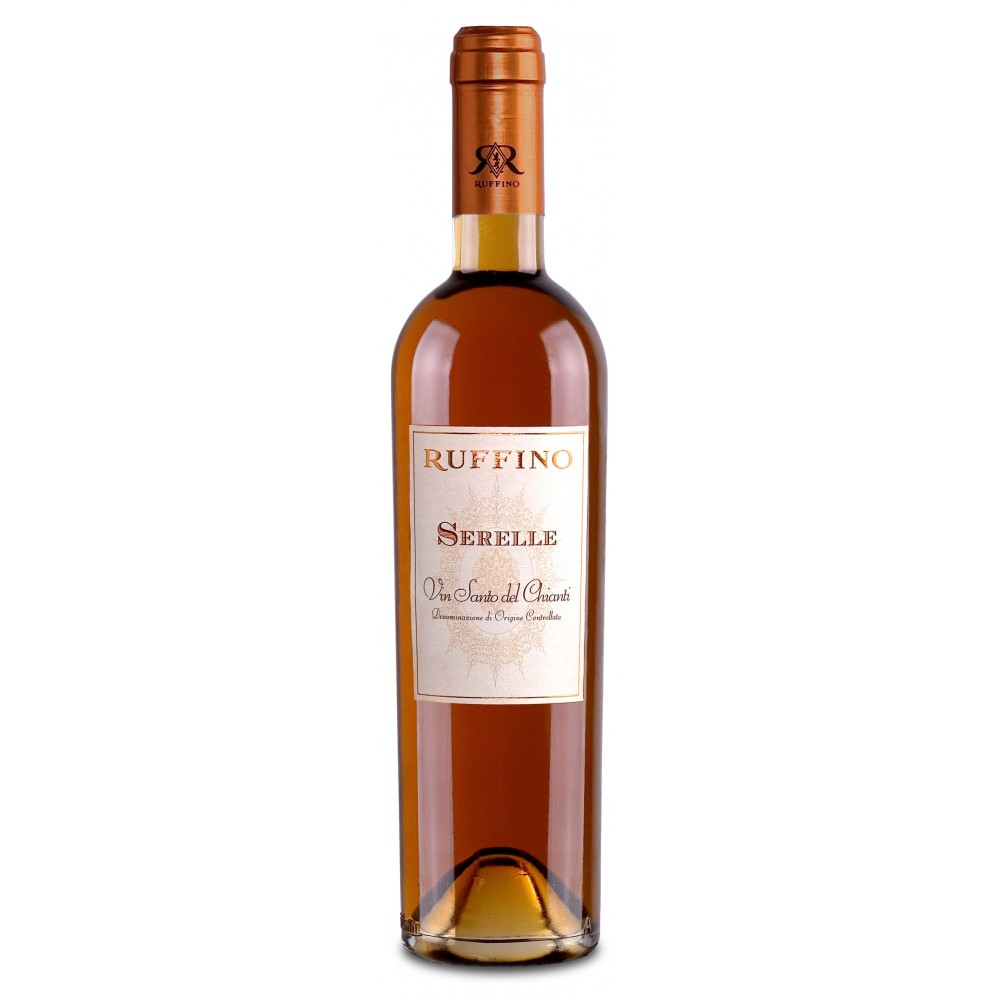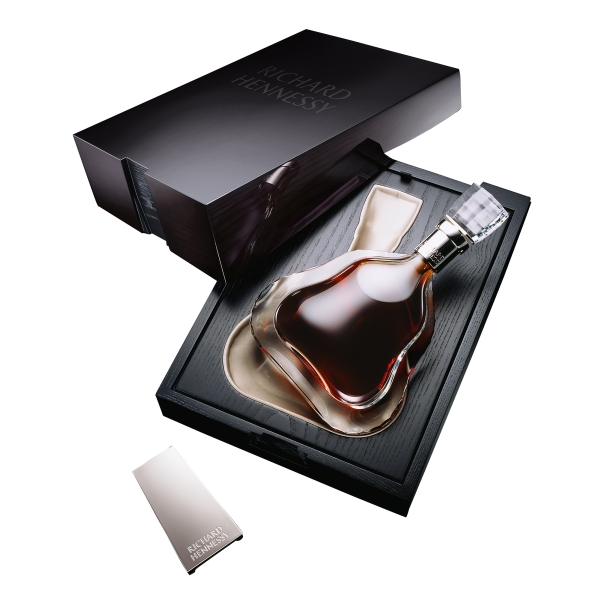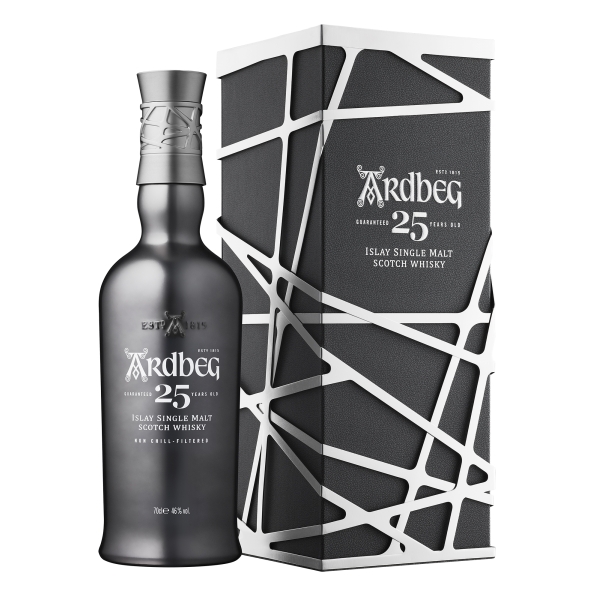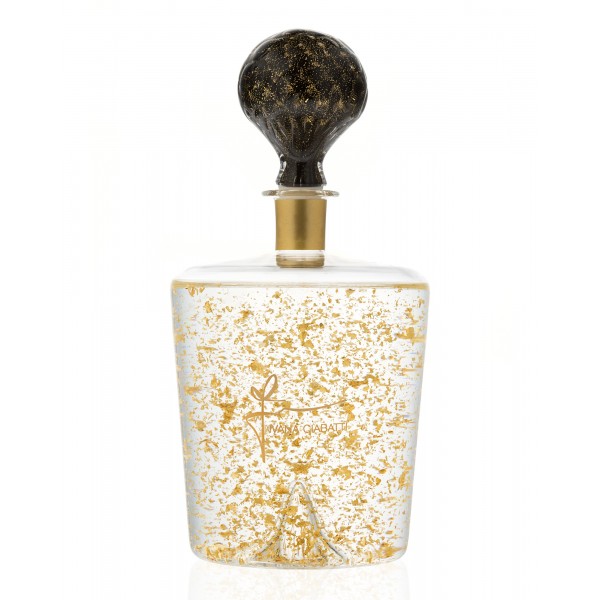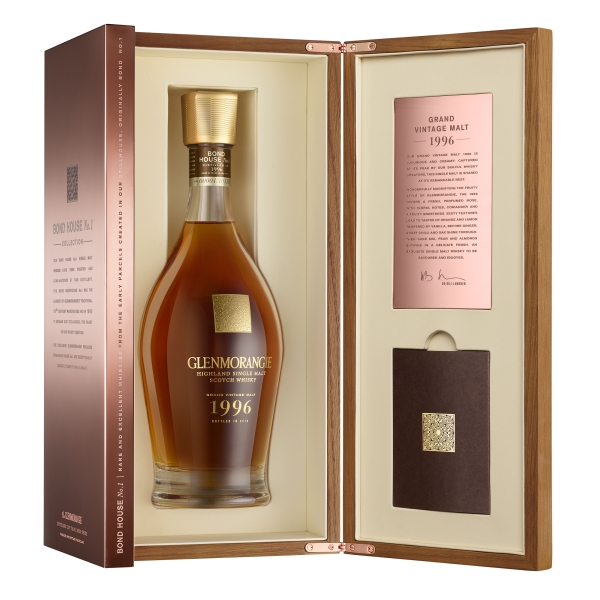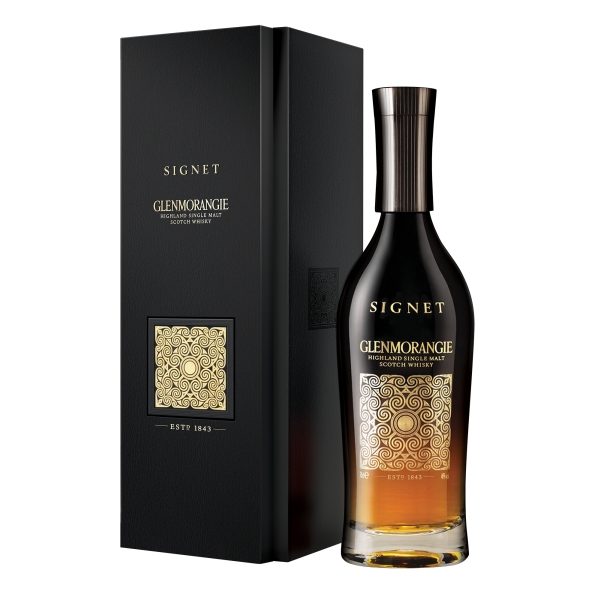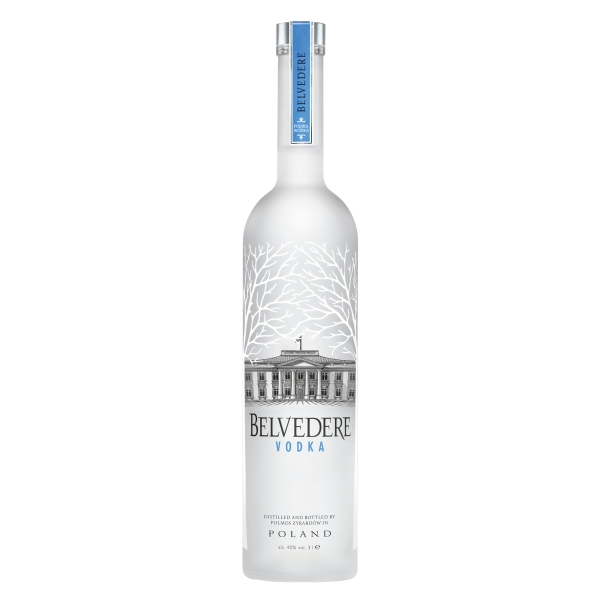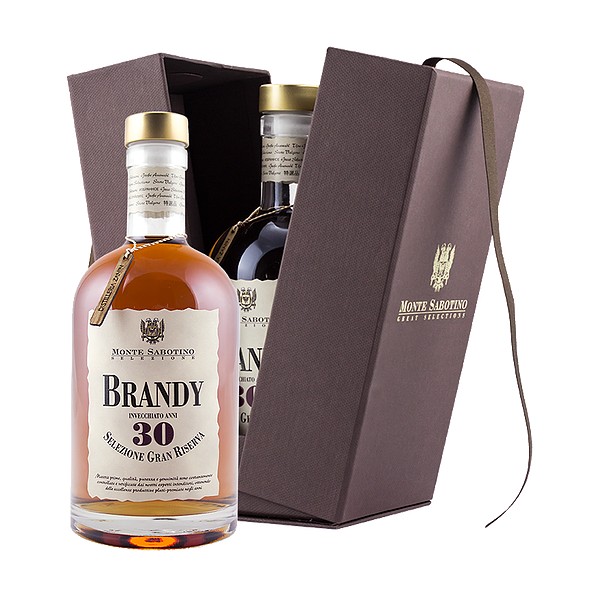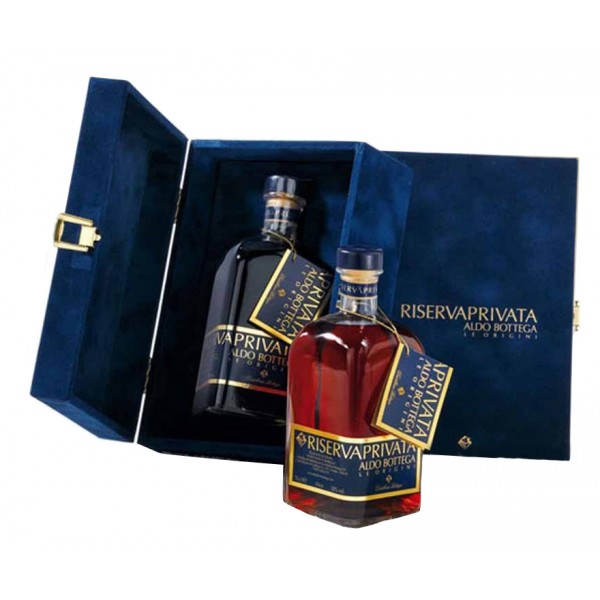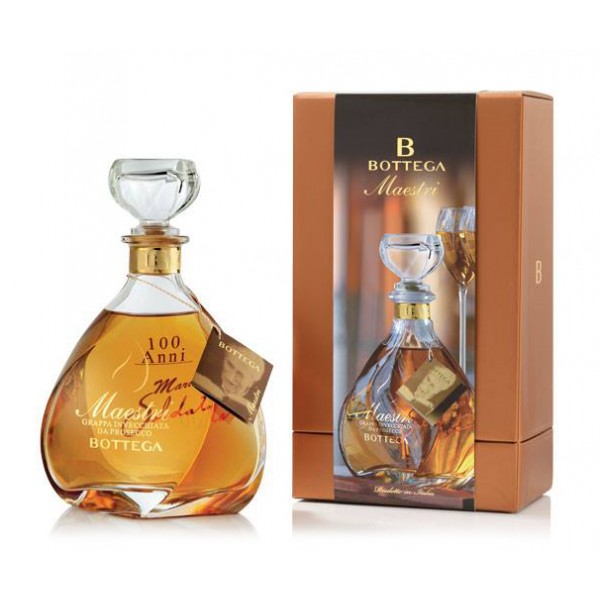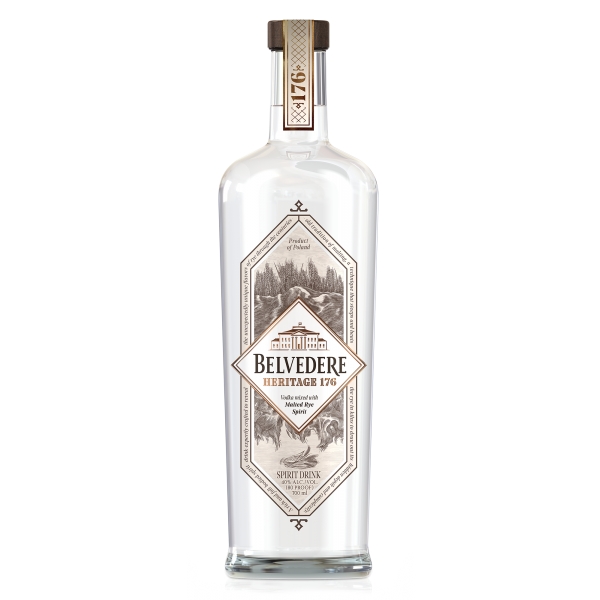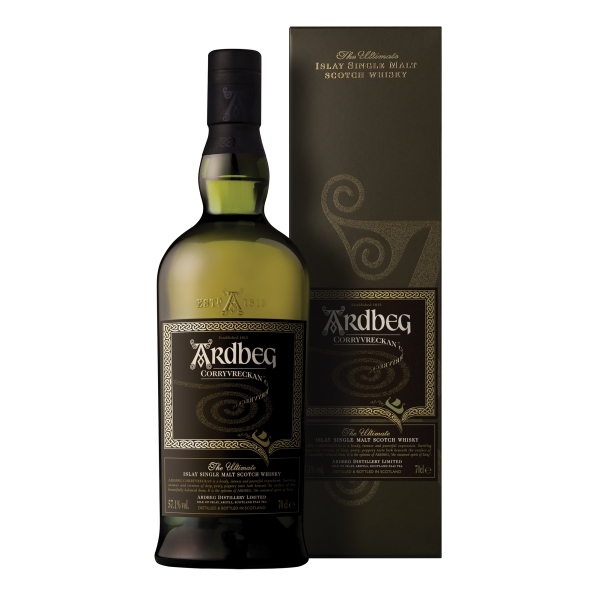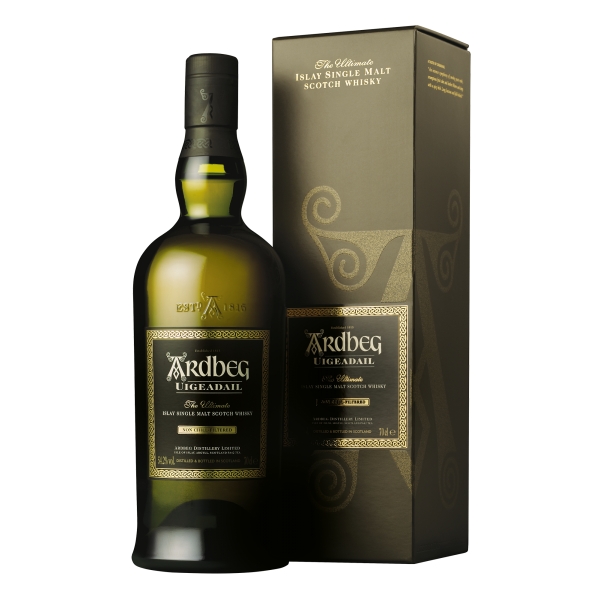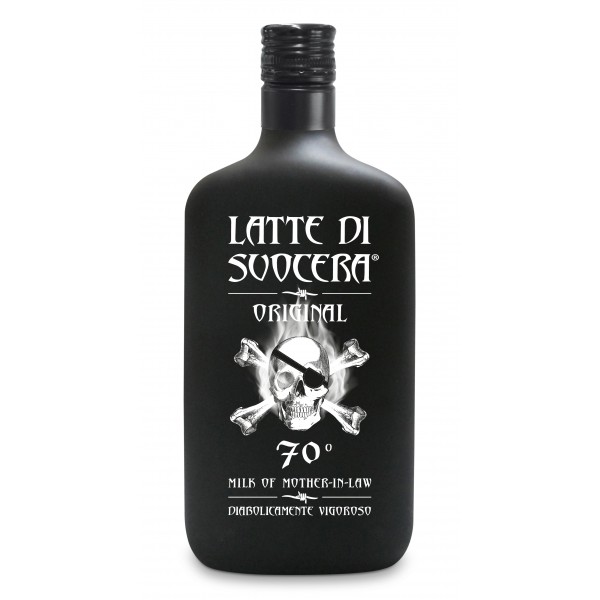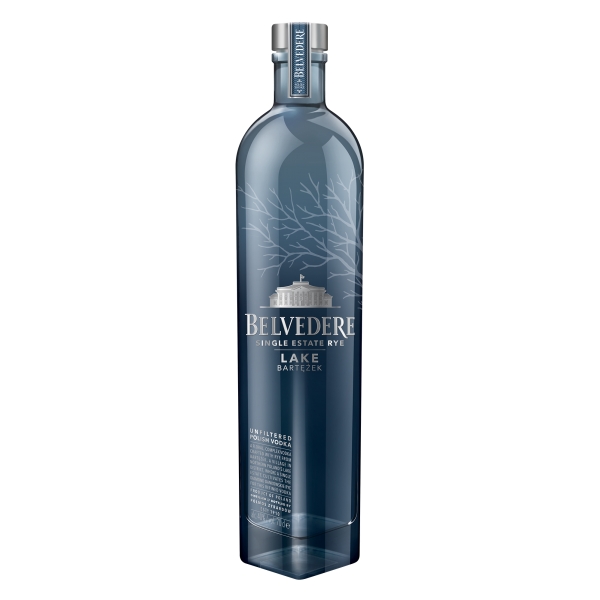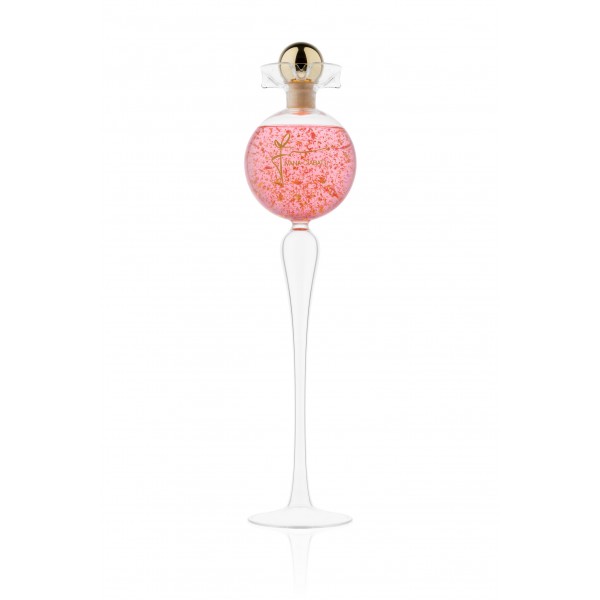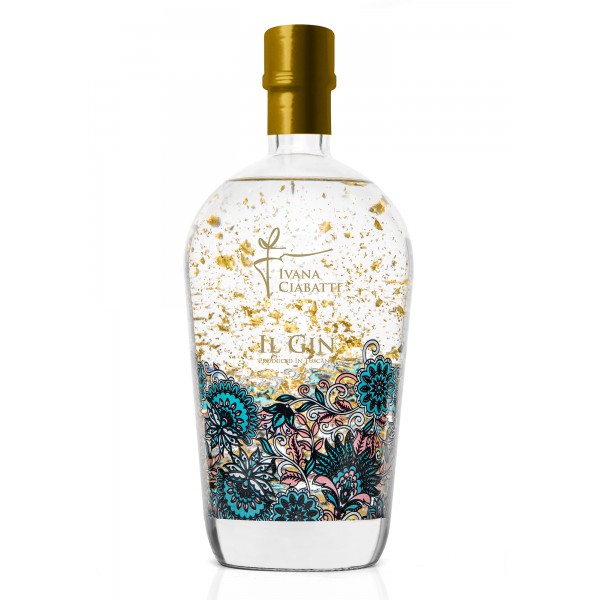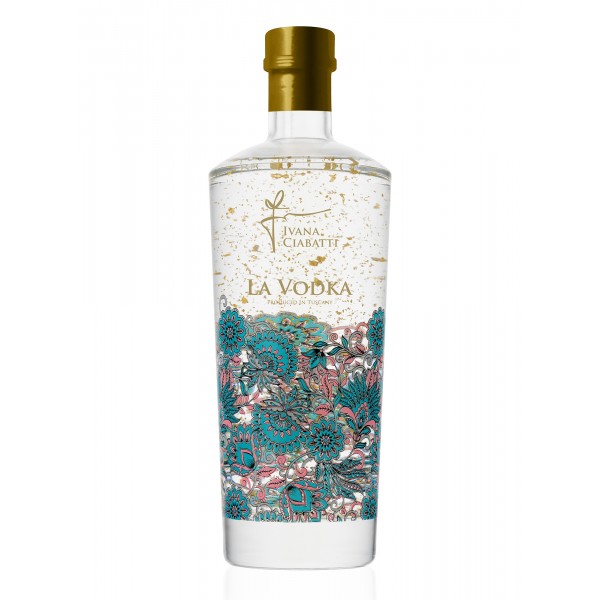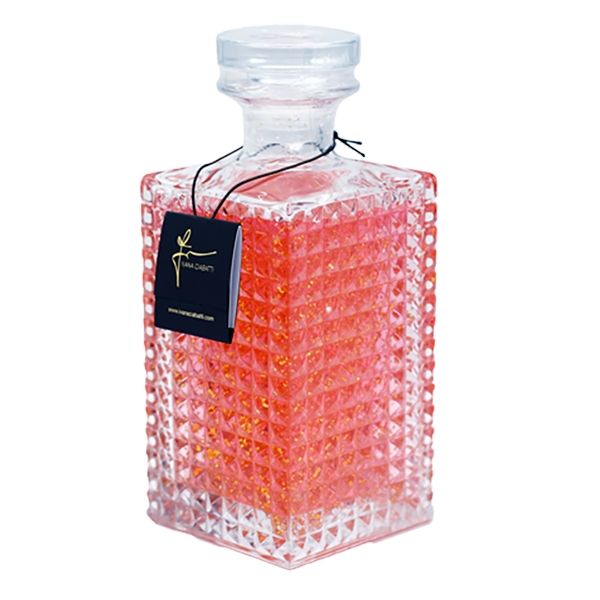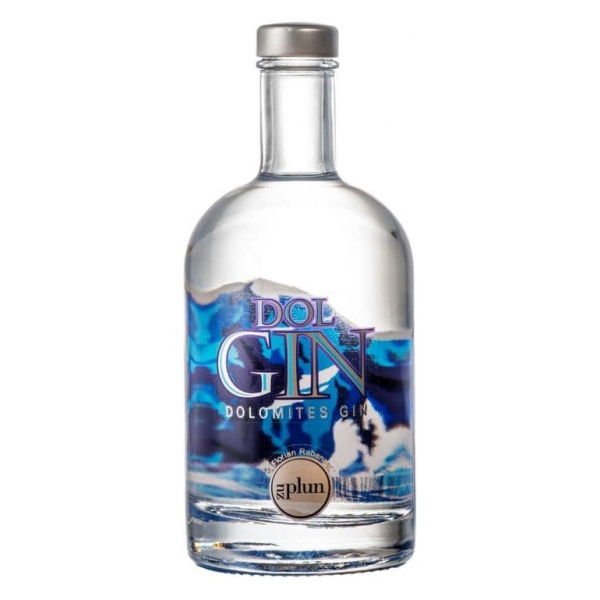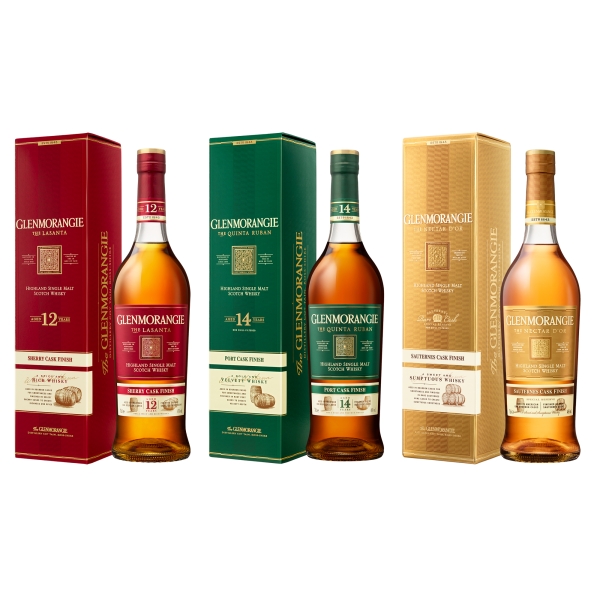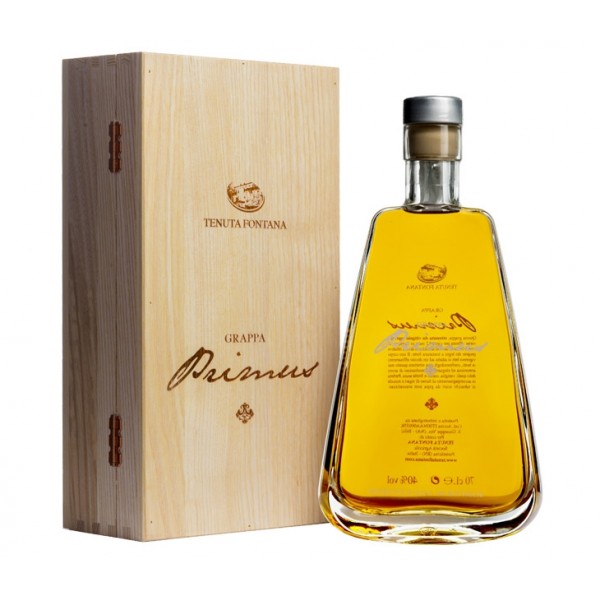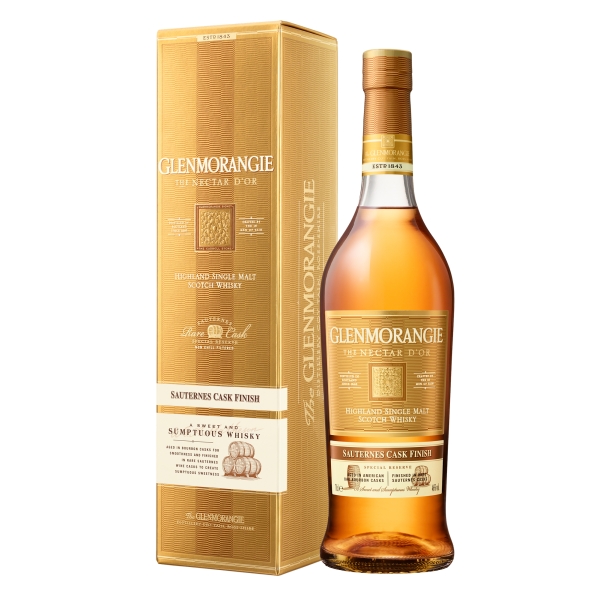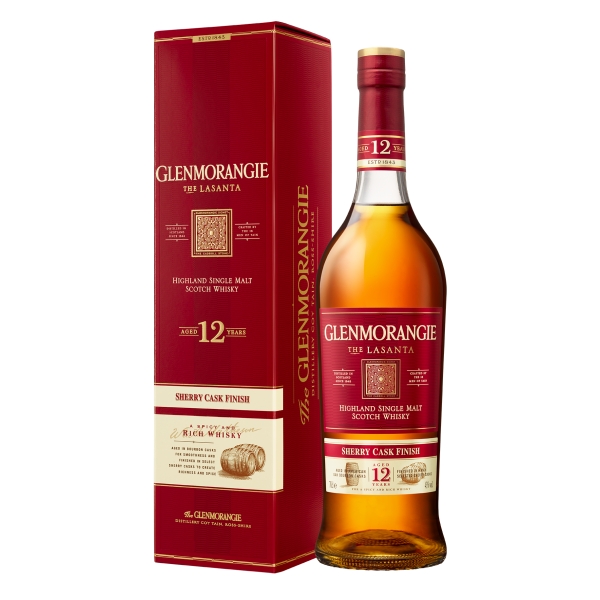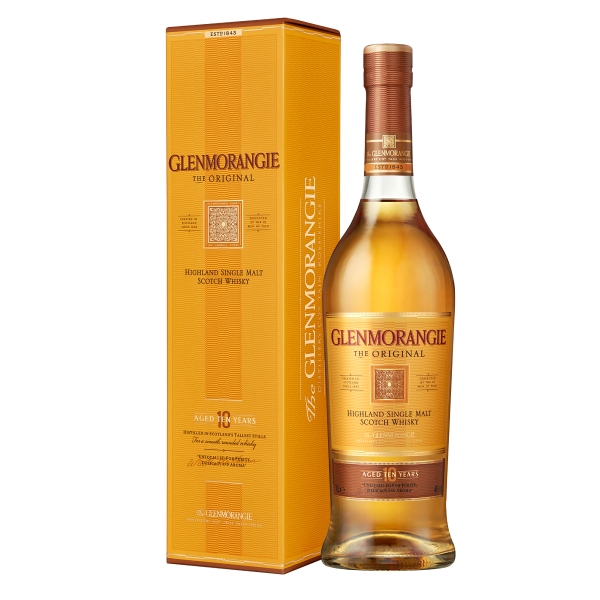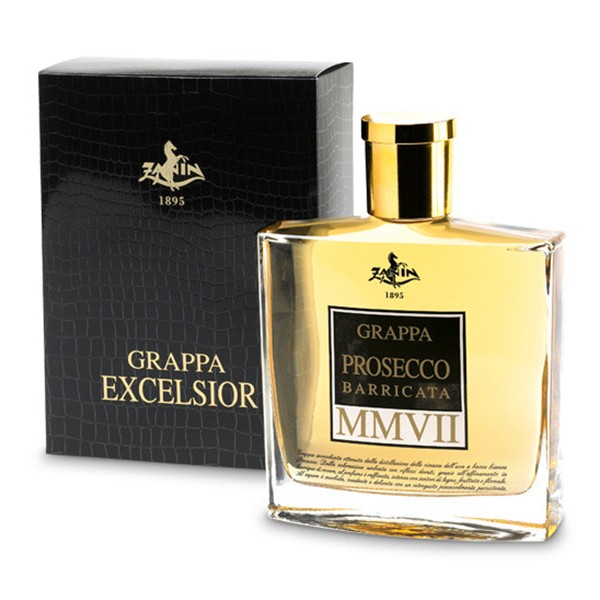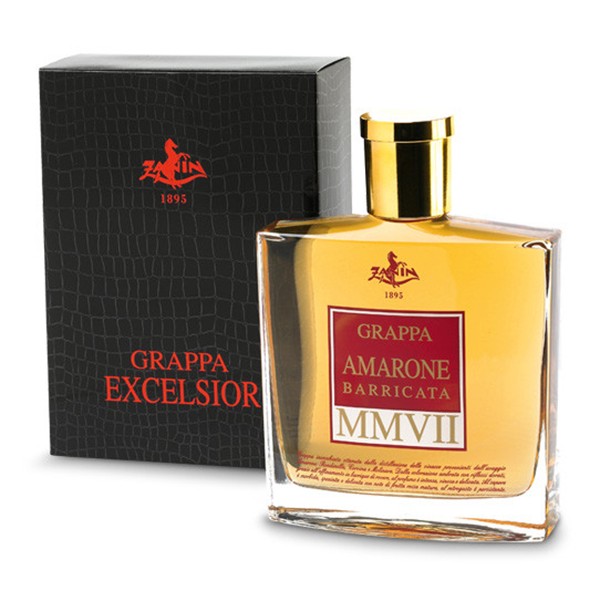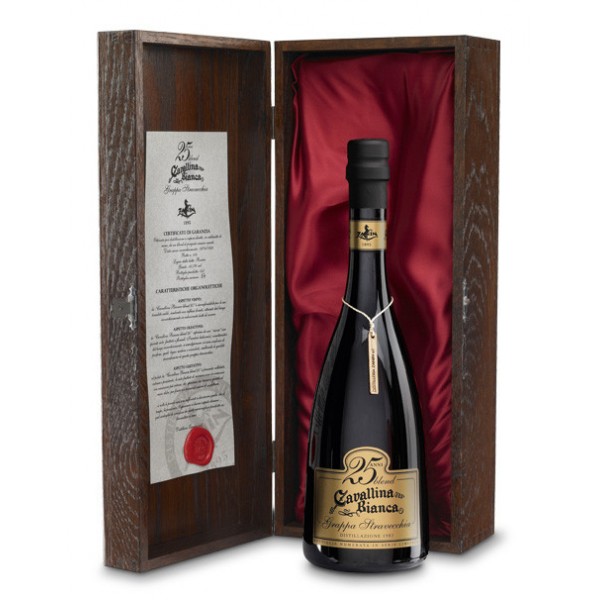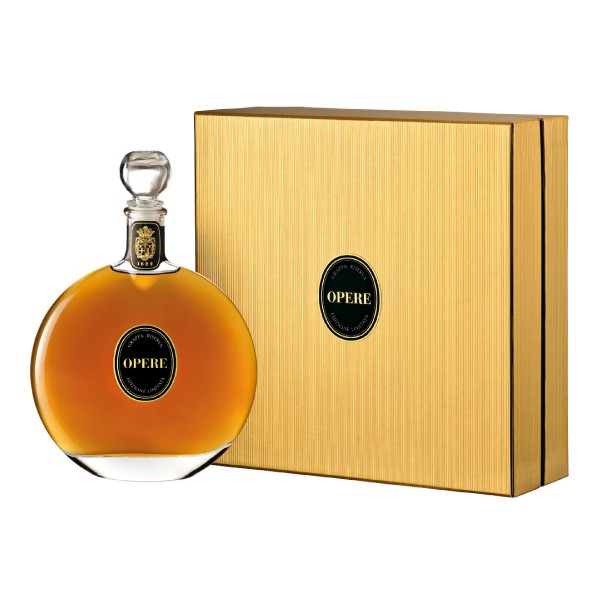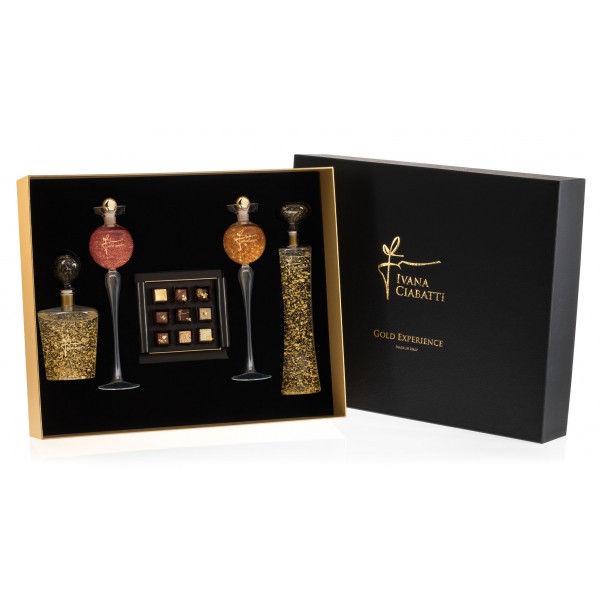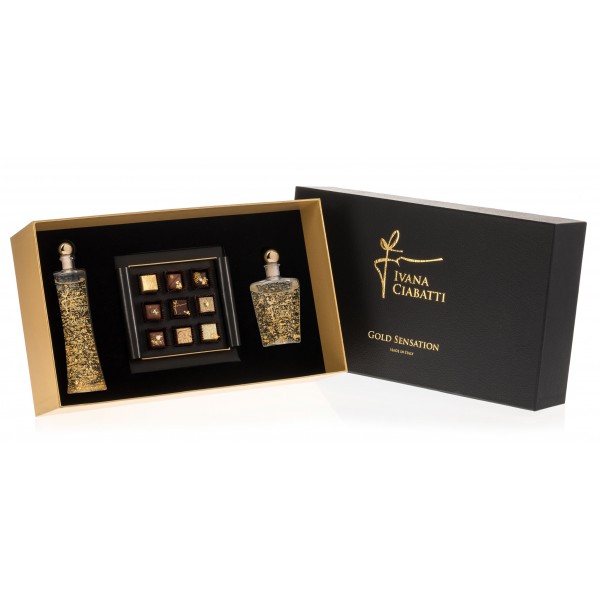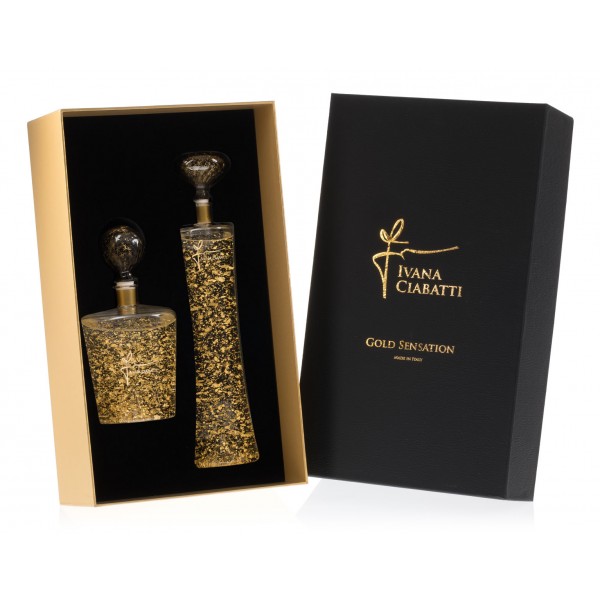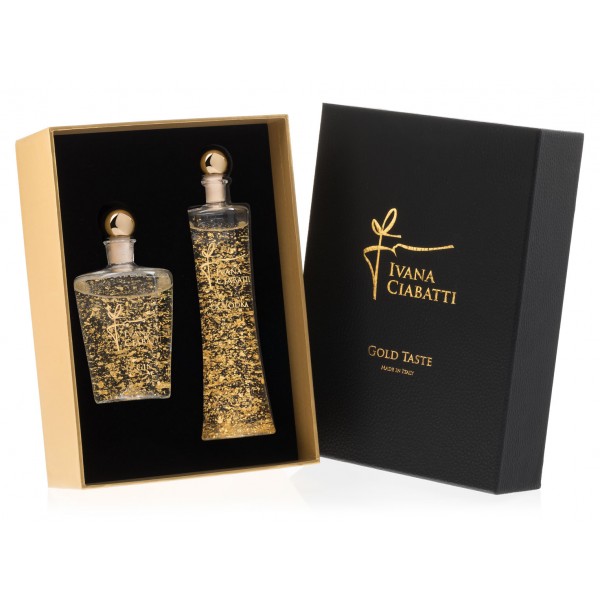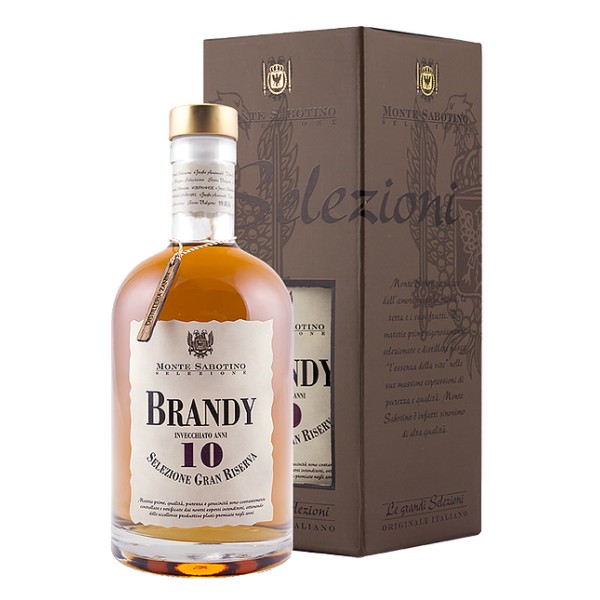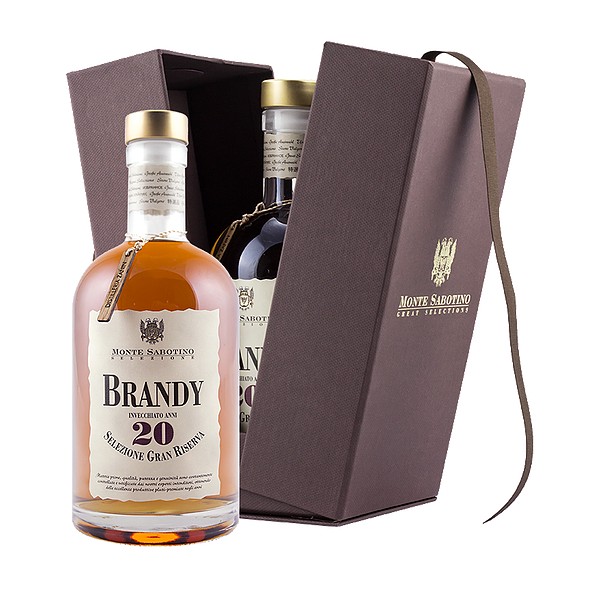No products
Ruffino - Serelle - D.O.C. - Vin Santo of Chianti - Ruffino Estates - Vin Santo
Ruffino's tribute to the Tuscan tradition of sweet wine for drying, the symbol of Tuscan hospitality par excellence.
- Write a Review
By buying this product, you will collect up to 14 quality points. Your order will total 14 quality points that can be converted into a voucher of 0,14 €.
Information
| Package | 375 ml |
| Certifications | D.O.C. |
| Region | Tuscany |
| Nation | Italy |
Description
Ruffino - Since 1877 - Award Winning Wines from the Heart of Tuscany
Ruffino was born in 1877 in Pontassieve from the intuition of two cousins, Ilario and Leopoldo. Their ambition is that the wine appreciated in their lands can also please those who do not have the good fortune to be able to taste it every day, and live, perhaps, very far.
It was an immediate and swirling success, built on the goodness of the wines and on an entrepreneurial foresight in the uncommon times. In fact, the Ruffino cousins' wine was immediately liked so much, so that in 1895 in Bordeaux the gold medal was awarded at the Chianti Ruffino.
Successes follow each other and already at the beginning of the twentieth century these successes lead to identify Ruffino as a synonym of Italian wine in the world through Chianti. These are the years of the birth of a true icon of Italian enology, Riserva Ducale, which in 1927 celebrates one of the most illustrious admirers of Ruffino, the Duke of Aosta who had chosen this wine to lay the tables of the court of the Italy King.
Riserva Ducale is just one of the imprints left by Ruffino in the history of Italian enology, also marked by the iconic fiasco, the bottle symbol of the entire category of Chianti, known in the world thanks to Chianti Ruffino.
Serelle - D.O.C. - Vin Santo of Chianti
Ruffino's tribute to the Tuscan tradition of sweet wine for drying, the symbol of Tuscan hospitality par excellence.
Behind the Wine
Serelle is the Vin Santo del Chianti of Ruffino, produced by drying on the trellis of Trebbiano and Malvasia in the evocative "vinsantaia" of Gretole. Although the first official mention of vinsanto in 1773, within the treaty of Cosimo Villifranchi on Tuscan wines ("Tuscan Oenology"), there is no doubt that this wine has been produced for centuries.
In fact, since the Middle Ages, vinsanto has always had a place of honor in Tuscan enology. There are many anecdotes about the origin of the name. One of these tells of friars who from the fourteenth century used to distribute to the sick the wine they had used during the mass (hence the "holy" appellation), trusting in its therapeutic virtues. Another of these stories tells that to the Greek patriarch who visited Florence in 1349, this Bessarion, a sweet local wine was served: after having drunk it, the patriarch seems to have exclaimed: "But this is wine from Xanthos", an island Greek where famous sweet wines were produced. Italian diners understood "holy" and began to call this sweet wine. Other hypotheses connect the holy word to the fact that the end of the extinction coincided with the Catholic holy week.
It was only in the 800s that the slow "proletarianization" of vinsanto began: even the peasants, not only the wealthiest or the ecclesiastics, began to produce, together with the dry wine, even small batches of sweet wine to be served on special occasions to people. more expensive. This custom is still alive among the Tuscan peasants.
Vin Santo of Chianti D.O.C.
The arrival of the DOC in 1997 has allowed to bring clarity in a typology of wine misunderstood with others. For example, "vin santo" were considered to be liqueur wines with added alcohol after fermentation. Vin Santo DOC is made only of white grapes predominantly Trebbiano and Malvasia (at least 70%) dried on racks and with the natural alcohol content.
The grapes must undergo natural drying to reach a sugar content of not less than 26% and can be pressed no earlier than December 1 and no later than the first of March following the harvest. The vinification and aging must take place in wooden containers (caratelli) with a capacity not exceeding 5 hectoliters. The release for consumption can not take place before the first of November of the third year following the harvest.
During the harvest, it is preferred to use sparse, thick and rich tannins, the right compromise between grapes that know how to defend themselves from mold and rot and that can guarantee a satisfying process of dehydration. In fact, hanging in the traditional vinsantaia, an environment characterized by constant ventilation, the clusters of Trebbiano and Malvasia, are dried very slowly until December. The must obtained after pressing, viscous due to the high concentration of sugars and minerals, is transferred into 225 liter oak barrels in a temperature-controlled environment at 15/17 ° C for alcoholic fermentation which continues until the entire month of March . Vin Santo is then poured into clean stems where it refines, in an oxidative process, for about 3 years
Type
Vin Santo of the Chianti D.O.C.
Grapes
Malvasia del Chianti and Trebbiano Toscano, most of which come from the Gretole and La Solatia estates
Aging
After fermentation in oak barrels, 3 years of further aging in wood
Perfume
Complex and intense, warm and inebriating: a kaleidoscope of scents including candied fruit, honey, hazelnut and citrus nods
Taste
Pleasant taste fragrance in which sweetness is mitigated by a thorn of freshness that leads to a persistent finish as long
Alcohol
alc. 16 % vol
Available Formats
0.375 Lt
Type
Decanter: 18 + pt

